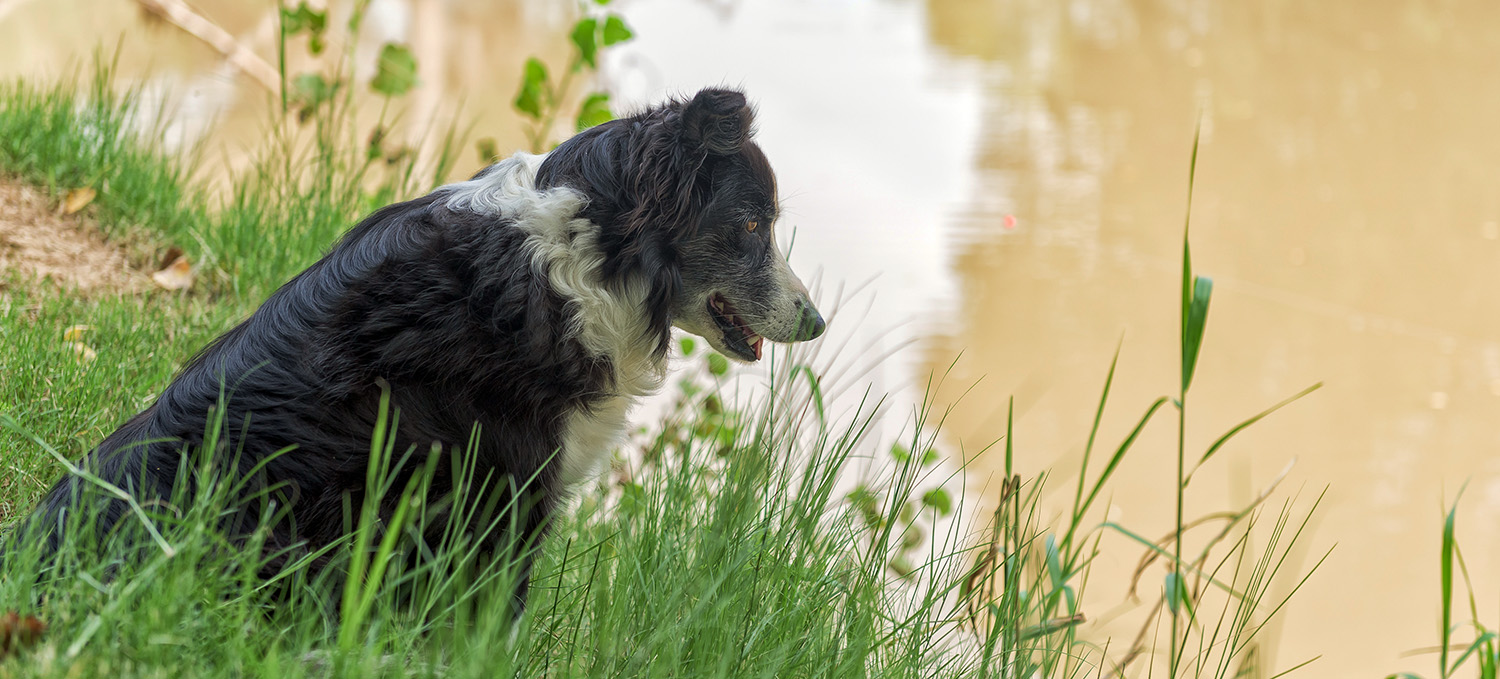
Dogs are known for their playful and adventurous nature, but there are some of our furry friends have a fear of water. This peculiar phobia, known as aquaphobia, can be quite challenging for both the dog and its owner. Understanding the causes and potential solutions for this fear is crucial in helping our beloved pets overcome their aversion. In this article, we will explore the various factors that contribute to dogs’ fear of water and discuss effective strategies to help them conquer their anxieties.
Factors Contributing to Aquaphobia in Dogs
Several factors can contribute to a dog’s fear of water. These include:
- Negative experience: A traumatic incident involving water, such as a near-drowning or being caught in a strong current, can leave a lasting impact on a dog’s psyche.
- Loud noises: Thunderstorms or the sound of running water can startle dogs, leading to associations of fear with water.
- Lack of exposure: Dogs that have not been introduced to water at an early age may develop apprehension towards it.
- Breeds predisposed to fear: Certain breeds, such as Chihuahuas or Greyhounds, are more prone to developing aquaphobia.
Overcoming Aquaphobia
Helping your best doggy mate overcome their fear of water requires patience and understanding. Here are some effective strategies to consider:
Gradual Exposure: Introduce your dog to water gradually, starting with small amounts in a controlled environment. Begin by offering treats near water sources and gradually move closer. This gradual exposure helps build positive associations and reduces anxiety.
Positive Reinforcement: Reward your dog for any positive behaviour around water. Use treats, praise, and toys to reinforce their bravery and encourage them to explore further. This positive reinforcement helps build confidence and trust.
Professional Assistance: If your dog’s fear of water persists or worsens, consider seeking professional help. A certified dog trainer or animal behaviourist can provide tailored guidance and techniques to address the specific needs of your pet.
Desensitization Techniques: Desensitization involves exposing your dog to water-related stimuli in a controlled manner. Start with low-intensity exposure, such as showing them pictures or videos of water, and gradually increase the intensity over time. This technique helps dogs become more comfortable with water-related experiences.
Patience and Support: Remember that overcoming aquaphobia is a gradual process. Always remain patient and supportive of your dog’s progress. Each small step forward should be celebrated, and setbacks should be approached with understanding.

